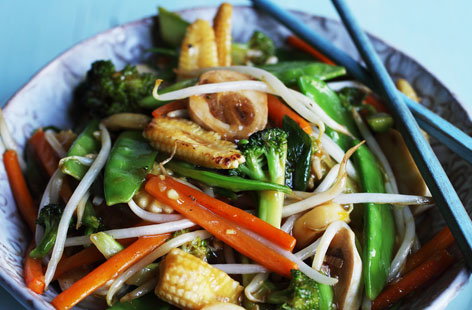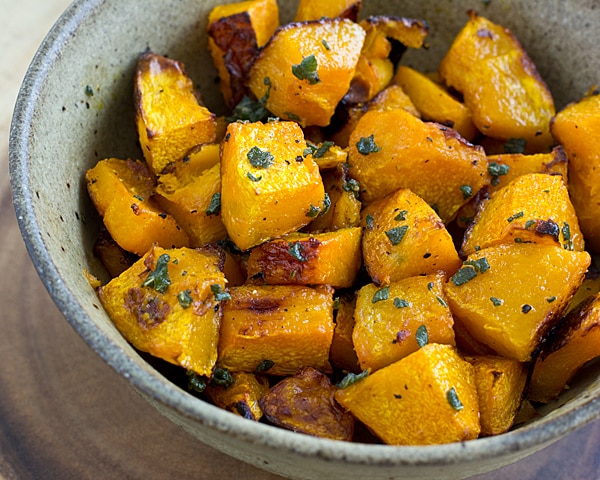
The best way to do help you decide if to juice or not is by just dividing it to pros and cons:
Pros
- Good way to get more fruits and vegetables in the diet, especially if you are picky or not a big vegetable and fruit eater
- High in antioxidants as well as vitamins and minerals
- Feels "lighter" since you do not chew anything or have "bulky" food in your stomach
- Could help with weight loss
Cons
- Very pricey. From the juicer to the amount of vegetables and fruits you need in order to get 1 cup of juice. In addition, if you ever buy the commercial juice cleanses they can be really expensive
- Lack of fiber which not only helps regulate our bowel movements but also helps with feeling fuller longer
- Many juicers eliminate the pulp and the peel which are packed with most of the vitamins and minerals
- Thankfully, we have kidneys and a liver to help us "detoxify" or get rid of the toxins. Juice is not needed for that purpose
- Hunger is a constant feeling
- Contains mainly simple carbohydrates (sugars) which in turn will cause spikes in blood sugar and that could cause: dizziness, headaches, mood swings, agitation and fatigue
- Lacks important nutrients, such as: protein, fats and multiple minerals
- Although it could cause weight loss, it will be unwanted weight loss due to loss of muscle mass, which in turn will also slow down the metabolism
- May not help with weight loss due to the constant hunger feeling which will cause more drinking. Moreover, consumption of more fruits than vegetables can prevent weight loss (fruits are more calorie dense than vegetables)
- To stick to juicing year round is impossible. Temporary solutions will also bring temporary results
- May be tedious and time consuming (cleaning and cutting of produce and juicer as well as making it daily)
- Food safety may be an issue since the juice is not pasteurized. Paying more attention to washing hands and juicers become very important
There are more cons than pros to juicing. Nonetheless, you can use juicing as a way to kick start your healthy eating new years resolution. Juice by adding or replacing one daily meal. Consider a cold press juicer to help retain the majority of nutrients and some of the pulp if you are planing to try it. The best thing for your health (and your pocket) would just be to try and eat more vegetables and fruits daily (5-9 servings a day) but if you need more help getting there, juicing can be an option.































